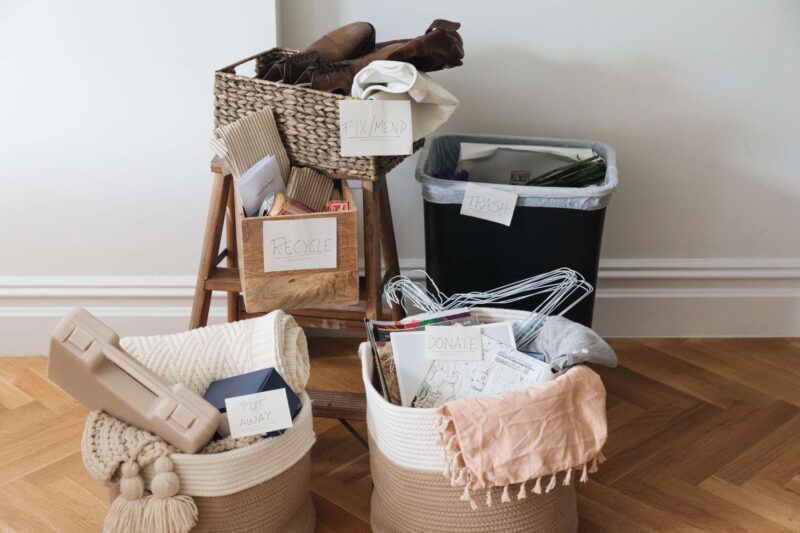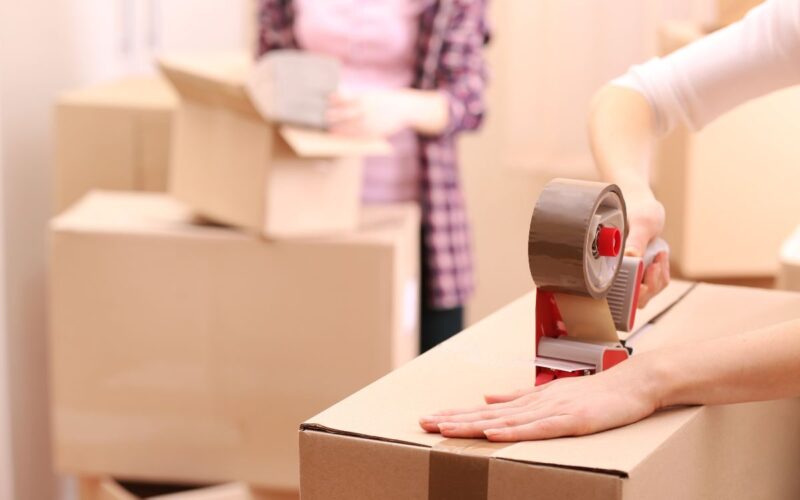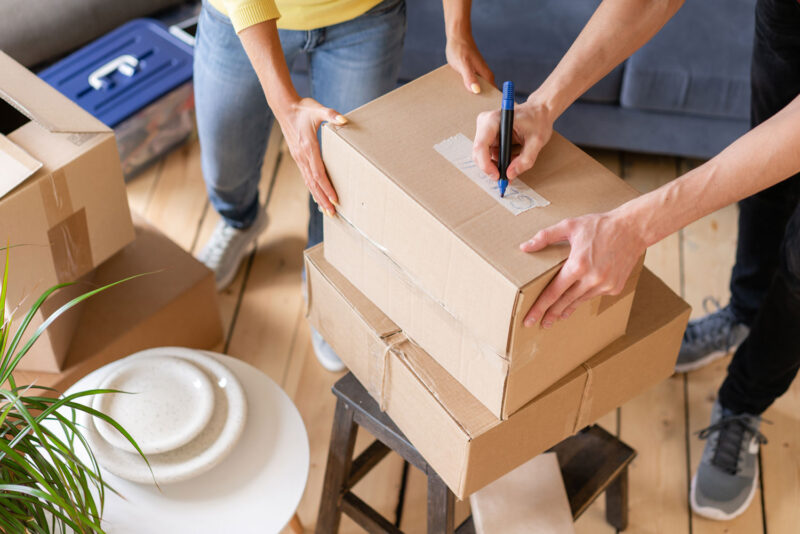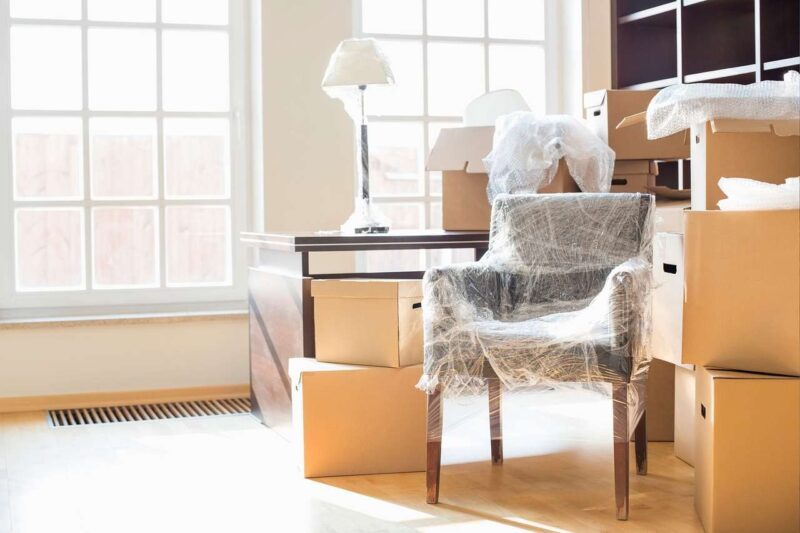Moving to a new home is a significant life event that often brings excitement, new beginnings, and a fresh start. However, it can also be a source of stress and chaos if not properly organized and executed. In this guide, we will walk you through the essential steps to ensure a smooth and hassle-free transition to your new abode. From creating a moving timeline to packing room by room, we’ll provide expert tips that will simplify the process and minimize the inevitable challenges that come with moving.
Create a Moving Timeline
Moving is a process that requires careful planning and organization. One of the first steps to a successful move is creating a moving timeline. By planning ahead, you can avoid last-minute rushes and ensure that every aspect of your move is well-thought-out.
Start by determining your moving date and work backward from there. Make a checklist of tasks that need to be completed before the big day, such as notifying utilities, transferring medical records, and arranging for transportation. Having a timeline in place will help you stay on track and reduce the stress associated with moving.
Declutter Your Home

Before you start packing, take the opportunity to declutter your home. Moving provides the perfect incentive to evaluate your belongings and decide what to keep, donate, or discard. Decluttering not only lightens the load but also ensures that you only take the items that truly matter to your new home.
Begin with one room at a time, sorting through your possessions and making decisions about what to keep, sell, or donate. This process not only simplifies your move but also leaves you with a sense of clarity and organization.
Gather Packing Supplies
Having the right packing supplies is crucial to a successful move. Start by making a list of essential packing materials, including cardboard boxes, packing tape, bubble wrap, packing paper, and furniture covers. While purchasing these supplies is an option, there are also ways to find free or affordable packing materials.
Check with local grocery stores, liquor stores, or online marketplaces where people often give away moving boxes. By sourcing your packing supplies strategically, you can save both money and the environment. Read more for other things that are necessary for seamless moving.
Start with a Packing Strategy

Packing is a task that can quickly become overwhelming if not approached strategically. Before you begin, understand the importance of having a packing strategy. Different items require different packing techniques.
Fragile items, for example, need extra care and cushioning. Start by packing non-essential items first and gradually work your way to everyday necessities. Consider using color-coded labels to identify boxes by room or priority. Additionally, be prepared to adapt your strategy based on the specific needs of your move, whether it’s a long-distance relocation or a local transition.
Pack Room by Room
Breaking down the packing process by room is an efficient way to tackle the monumental task of moving. Begin with one room and complete it before moving on to the next. This approach helps maintain order and prevents chaos from taking over your entire home.
As you pack each room, consider its unique requirements. For example, kitchen items may need special packing materials to prevent breakage, while bedroom furniture may require disassembly. Label each box with its contents and the room it belongs to. By packing room by room, you’ll not only stay organized but also make unpacking at your new home a breeze.
Label and Inventory Your Boxes

Labeling and inventorying your boxes are crucial steps in ensuring a smooth and organized move. Begin by assigning a unique label to each box, preferably with a brief description of its contents and the room it belongs to.
Create a master list or use a smartphone app to keep track of these labels, making it easy to locate specific items later. Organizing your boxes in this manner not only simplifies the unpacking process but also helps prevent any items from being misplaced during transit.
Pack Fragile and Valuable Items
Taking extra care when packing fragile or valuable items is essential to protect your prized possessions. Start by using appropriate packing materials such as bubble wrap, packing paper, and sturdy boxes. Wrap delicate items individually, providing extra padding where needed.
Fill any empty spaces in boxes with packing material to prevent items from shifting during transportation. Clearly mark boxes containing fragile items as “fragile” to ensure they receive special attention during the move. When it comes to valuable items like jewelry or important documents, consider transporting them personally to ensure their safety.
Handle Specialty Items

Specialty items like electronics, artwork, and musical instruments require specific handling during a move. For electronics, remove cables and accessories and pack them separately. Use original packaging if available or invest in padded cases for added protection.
Artwork and instruments should be wrapped in acid-free paper and placed in specialized crates or cases designed for their shape and size. If you’re unsure about how to handle these items, consider seeking professional assistance. Expert movers have the knowledge and equipment to ensure your specialty items arrive at your new home in perfect condition.
Consider Hiring Professional Movers
Opting for professional movers can simplify the entire moving process and offer numerous advantages. Experienced movers are well-trained in packing and handling items, ensuring their safety during transit. They also have the necessary equipment, such as dollies and ramps, to move heavy furniture and appliances with ease.
When hiring a moving company, research reputable options in your area and read reviews from previous customers. Request quotes from multiple companies and compare their services and pricing to make an informed decision. Investing in professional movers can save you time, effort, and potential stress on moving day.
Prepare for Moving Day
The day of the move can be hectic, but careful preparation can help you stay organized and minimize stress. Create a checklist that includes tasks like disconnecting utilities, ensuring all boxes are labeled, and confirming the details with your chosen moving company.
Pack an essentials box with items you’ll need immediately upon arrival at your new home, such as toiletries, a change of clothes, and important documents. Keep this box easily accessible during the move. Enlist the help of friends or family members to assist with loading and unloading, and designate a central point of contact for any questions or issues that may arise during the move.
Unpacking and Settling In

Once you’ve reached your new home, the process of unpacking and settling in begins. Start by prioritizing the essentials box and setting up necessary utilities like water and electricity. Begin unpacking room by room, focusing on one area at a time to avoid feeling overwhelmed.
As you unpack, assess whether certain items no longer serve a purpose and consider donating or disposing of them. Organize your belongings as you go, placing items in their designated rooms. Taking your time to unpack systematically ensures a smooth transition into your new space, making it feel like home in no time.
Conclusion
In conclusion, a successful move requires careful planning and execution. Labeling and inventorying your boxes, packing fragile and valuable items with care, and handling specialty items appropriately are essential steps in ensuring a smooth transition.
Consider the benefits of hiring professional movers to alleviate the stress of moving day and prepare for the big day with a comprehensive checklist. After arriving at your new home, take your time to unpack and settle in systematically. By following these expert tips, you can make your move a seamless and stress-free experience. So, embrace the journey of relocating to your new abode with confidence and ease.
Related Posts:
- 12 Tips for Planning a Team Building Event: Expert…
- What Role Does Freight Audit Play in Logistics? Tips…
- How to Organize a Medical Treatment Abroad:…
- Quick Tips to Naturally Increase Fertility and Boost…
- How to Spend a Winter in Norway with Joy and Wonder:…
- Revolutionizing Your Digital Space: 10 Tips for…














